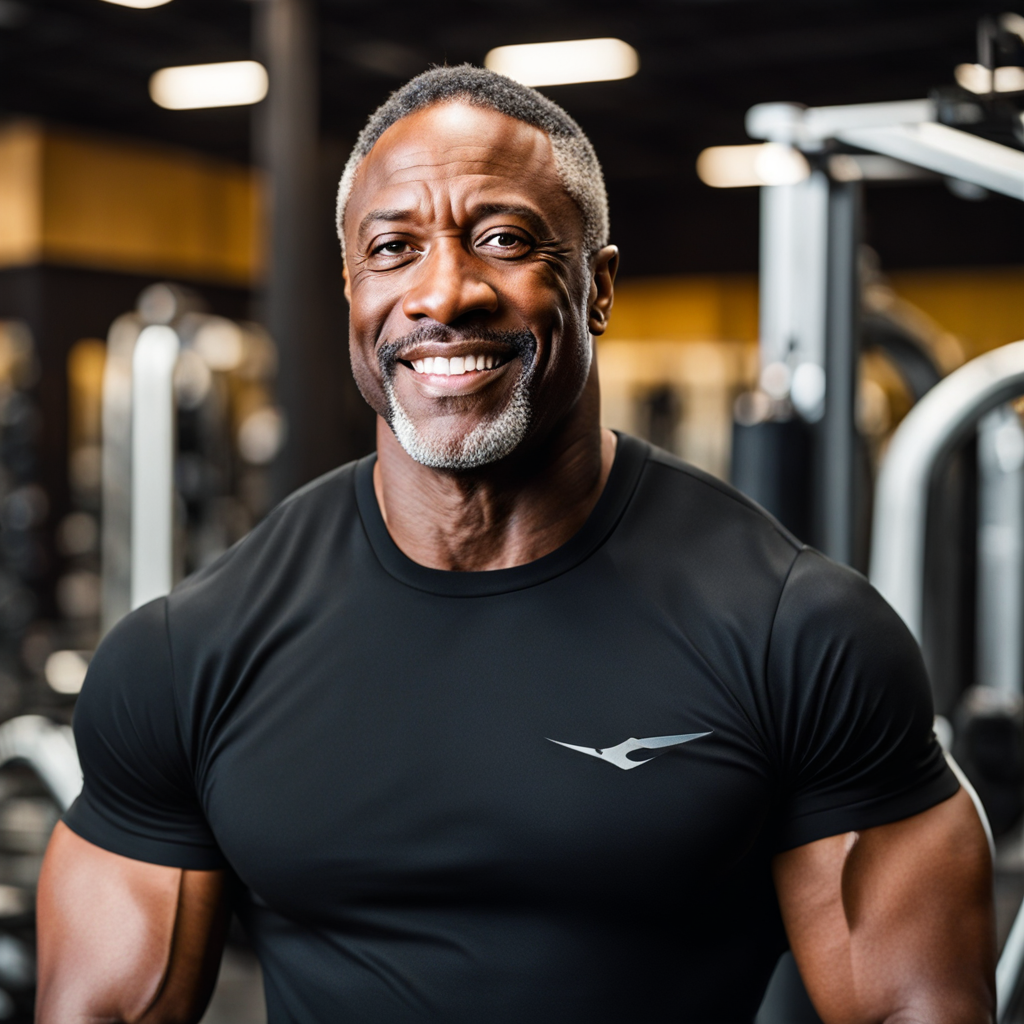Are you interested in improving your fitness, enjoying yourself, and pushing your limits simultaneously? If that's the case, you may want to consider mountain climbing. Mountain climbing presents an opportunity to exercise your entire body, particularly your muscles. However, which specific muscles does mountain climbing target?. How can one effectively train them?
The Main Muscles Involved in Mountain Climbing

Mountain climbing is not just a sport for the adventurous. It’s also a sport for the muscular. When you climb a mountain, you use almost every muscle in your body, from your fingers to your toes. But some muscles are more important than others. Here are the main ones:
The forearms and hands
These are the muscles that grip the rocks, ropes, and equipment. They need to be strong and flexible to prevent injuries and fatigue. You can train them by doing exercises like wrist curls, finger curls, and grip squeezers.
The biceps and triceps
These are the muscles that bend and extend your arms. They help you pull yourself up and lower yourself down. You can train them by doing exercises like chin-ups, dips, and push-ups.
The shoulders and upper back
These are the muscles that stabilize your arms and torso. They help you balance and control your movements. You can train them by doing exercises like shoulder presses, rows, and lateral raises.
The core
This is the group of muscles that support your spine and pelvis. They help you maintain good posture and transfer power from your lower body to your upper body. You can train them by doing exercises like planks, crunches, and twists.
The glutes and hamstrings
These are the muscles that extend your hips and knees. They help you push yourself up and propel yourself forward. You can train them by doing exercises like squats, lunges, and deadlifts.
The quads and calves
These are the muscles that flex your hips and knees. They help you lift your legs and step on the rocks. You can train them by doing exercises like step-ups, leg presses, and calf raises.
The Benefits of Mountain Climbing for Your Muscles

Now that you know what muscles mountain climbing works, you might be wondering why you should bother with this sport at all. Well, there are many benefits of mountain climbing for your muscles, such as:
- It improves your strength: Mountain climbing challenges your muscles to overcome gravity and resistance. This makes them stronger and more powerful over time.
- It improves your endurance: Mountain climbing requires you to sustain your effort for long periods of time. This makes your muscles more resistant to fatigue and lactic acid buildup.
- It improves your flexibility: Mountain climbing involves moving your joints through a wide range of motion. This makes your muscles more elastic and less prone to injury.
- It improves your coordination: Mountain climbing requires you to coordinate your movements with your eyes, hands, feet, and brain. This makes your muscles more responsive and agile.
The Conclusion
Mountain climbing offers a fulfilling experience, engaging your entire body while providing numerous physical benefits. It effectively enhances muscle strength, endurance, flexibility and coordination. Moreover, it has an impact on uplifting your mood, instilling confidence, and nurturing creativity.
Like most fitness related goals, the best time to start is Today. Acquire the equipment, identify a suitable mountain or climbing facility, and embark on this transformative journey. Prepare to be astounded by the growth in your strength and abilities that awaits you.






